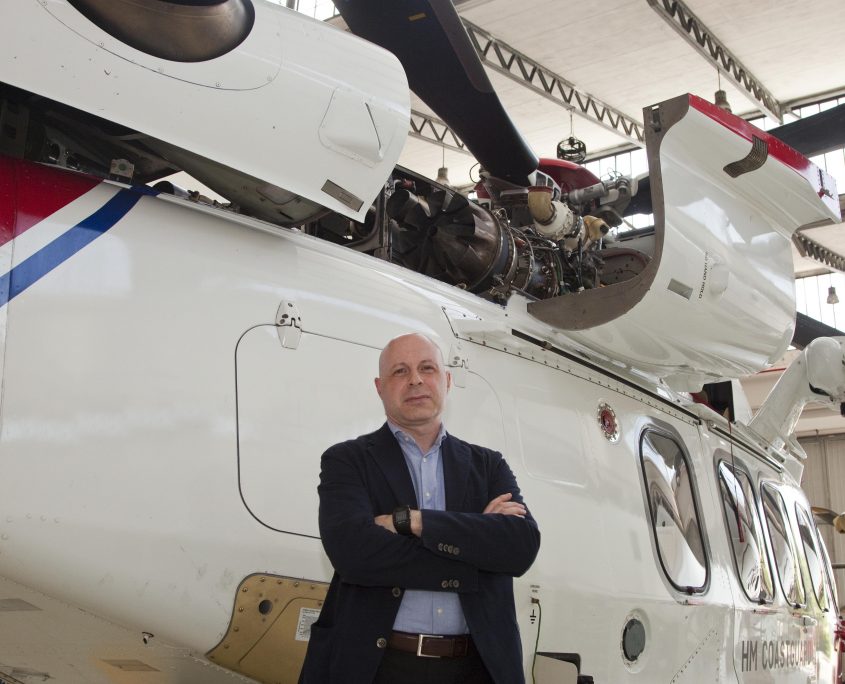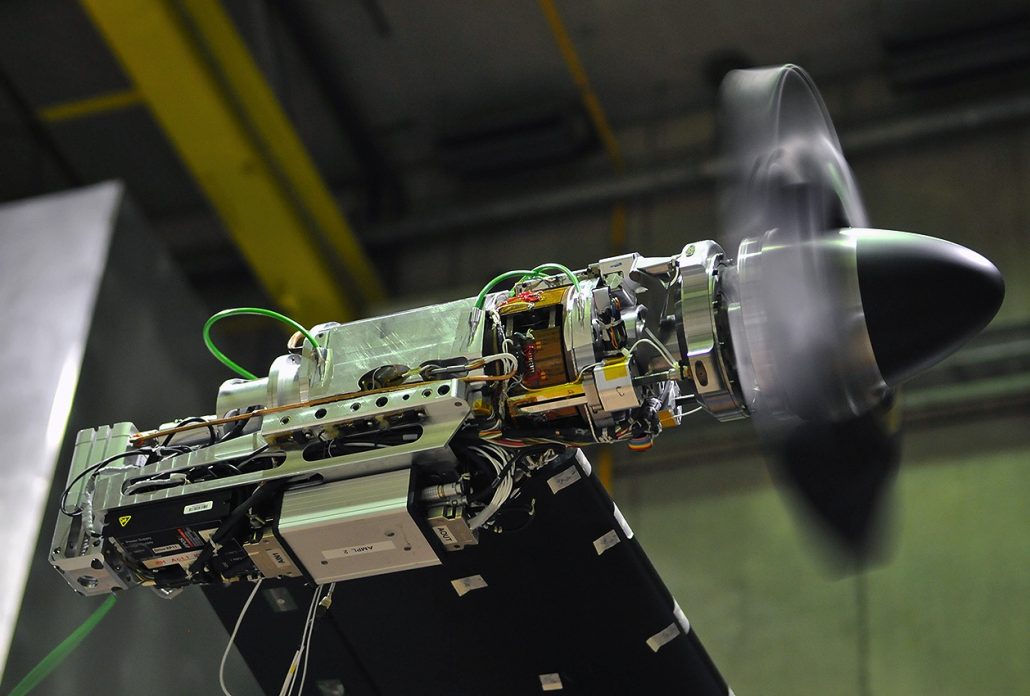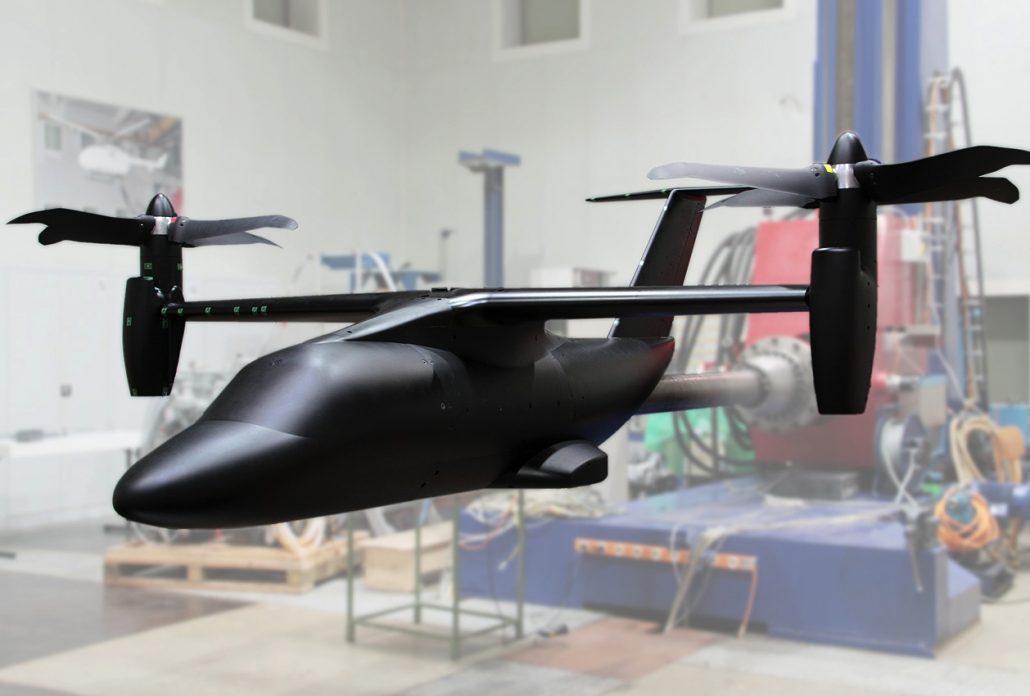NLR engineers provided a key contribution to the development of a European tiltrotor as part of NICETRIP. We spoke with Michele Arra, Head of Research and Innovation from the Leonardo Company in Italy, the program coordinator, about the development with NLR during construction and testing of the wind tunnel model.
“The complexity of the NICETRIP project was very high”, says Arra. “Part of this complexity was the possibility to have a fully functional wind tunnel model of a significant size to validate the architecture and the conceptual design for a future tiltrotor. The design and development of such a wind tunnel model was where the outstanding NLR capabilities and expertise came in.
Building a model to validate innovative configuration of a tiltrotor, is a highly complex technical challenge. The NICETRIP project was divided into four work packages. Leonardo Company, a global high-tech company and one of the key players in aerospace, defence and security, was responsible for project coordination and the definition of general architecture and the design of the conceptual future new tiltrotor work packages. While work package three dealt with full scale test of the rotor-gearbox, work package four was aimed at the design and development of a wind tunnel model of the future tiltrotor concept.
Testing over 400 different flight conditions
The wind tunnel model built by NLR weighed about 1,000 kilograms and was on a scale of 1:5.The main engineering obstacle was the design for the rotor balance system, which was successfully solved by NLR. The system had to be able to register very accurately the complex forces of the tilting propellers and of global aerodynamic lift, drag and moment acting on the model, NLR did most of the rotor balance design, including the instrumentation. Eventually, the model could test over 400 different flight conditions.
“NLR was very important for the development of the model as a whole, of key model systems, like rotors’ load balances, model’s control system, lubrication, etc. and of tubing, wires, data acquisition systems etcetera”, says Arra. “Cooperation with NLR was very good. They provided technical professionals, in terms of technical expertise, technical cooperation, communication and the management point of view. Everything was delivered in time and they had an open line of communication.”
“Finally, the model was used to validate aerodynamics characteristics in helicopter mode in the DNW low speed wind tunnel in the Netherlands and at ONERA (France) high speed wind tunnel facility to test airplane mode at fast speeds. As far as I know it was the first test in Europe with such a complex model”, says Arra.
“The staff members of Jan Scholten, who manages the NLR department for the wind tunnel model, proved very valuable. They were able to provide the right people to work on the main subjects for develop of the instrumentation, the balance and so on. Some technical difficulties came up at a certain point, which is a possible event in such a complex tests, like overheating of some rotor’s bearings. NLR’s personnel provided valuable solutions to guarantee test continuation and safety of operations with the wind tunnel tests, which is very important with such a complex model. Also, NLR’s knowledge of wind tunnels, because of the collaboration with DNW wind tunnels, was very helpful”.
“I really liked the complementary nature of NLR’s expertise that was engaged in the project. They possess very good expertise about mechanical and electrical systems, for both hardware and software. It’s very important to have such a fine cooperation in Europe with so much knowledge”, concludes Arra.
NICETRIP
Tiltrotor aircraft combine the benefits of helicopters and fixed-wing aircraft. The tiltrotor is faster than a helicopter in horizontal flight, uses less fuel and is less noisy. It can land and take off vertically, it can be used to provision oil platforms, and it can provide air transport to other less accessible locations. NLR was part of a consortium of European institutes and helicopter manufacturers cooperating on the Novel Innovative Competitive Effective Tilt Rotor Integrated Project (NICETRIP), a program funded in part by the European Union and intended to demonstrate the feasibility of this concept (2006-2014 ).



